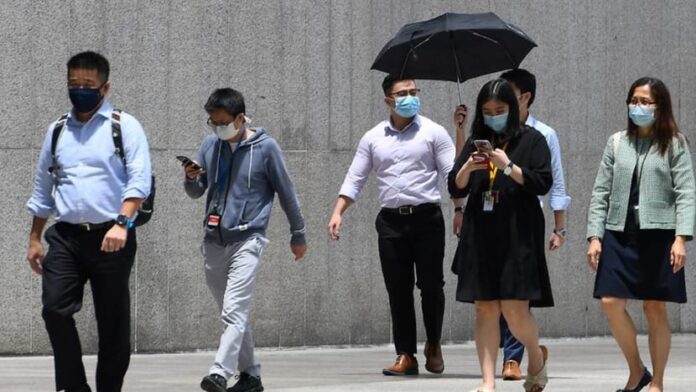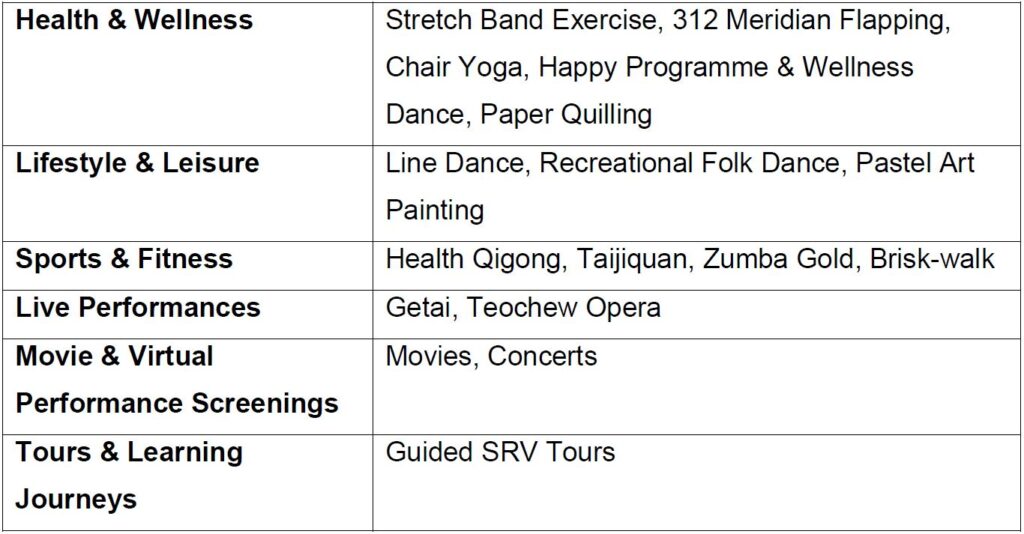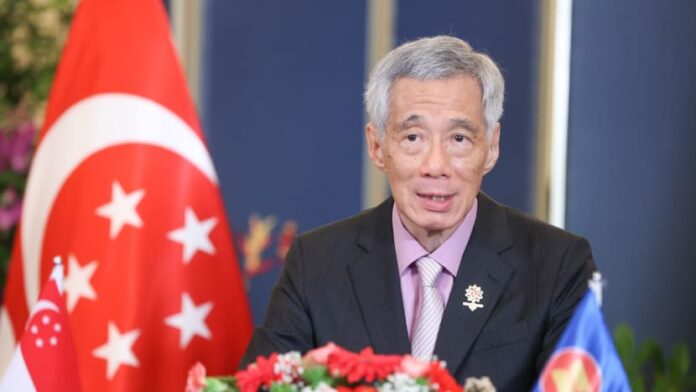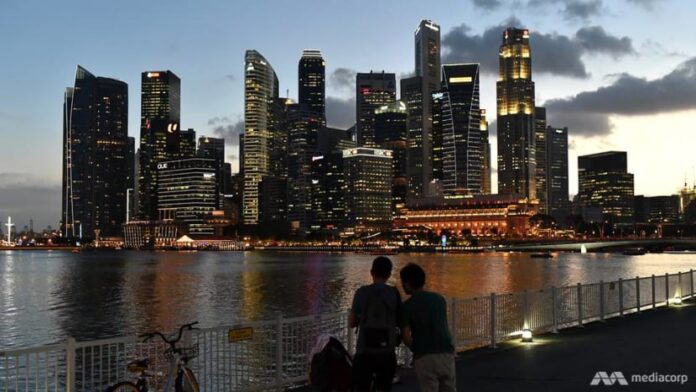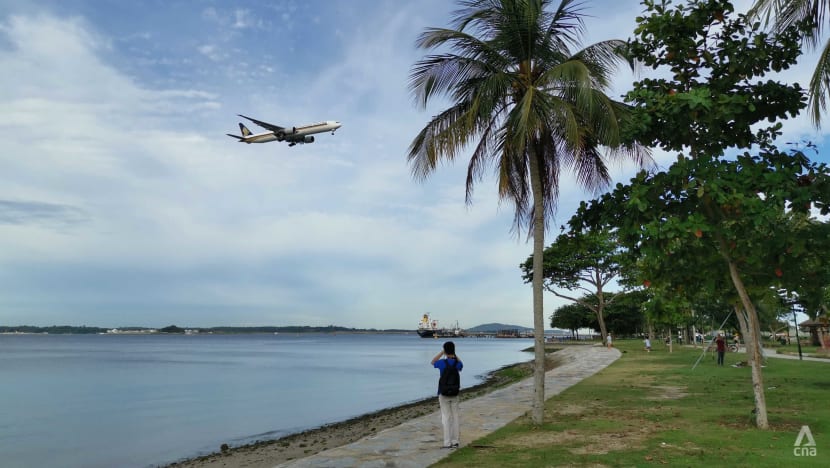Singapore: On Friday (October 29), the National Wage Commission (NWC) called on the restoration department to reduce wage cuts and asked low-wage workers to raise wages by up to 7.5%.
As Singapore’s economy is on the path of recovery, NWC stated that wages should be synchronized with the pace of business recovery and be based on a flexible wage system.
NWC stated that according to its latest guidelines, the first priority for companies that have recovered or are recovering is to recover any wages that were previously cut.
Employers who reduce their fixed wages as a special measure to save their jobs should also restore the fixed wages first, followed by the floating wages, such as monthly floating parts and annual floating parts.
After that, employers should eliminate wage-related cost-saving measures, such as shortening the work week, temporary layoffs, and unpaid leave.
For companies that perform well, NWC stated that they should provide fixed salary increases and variable payments based on business performance, prospects and productivity growth, and employee contributions.
These companies should also eliminate discretionary cost-saving measures, such as cutting quotas.
At the same time, NWC recognizes that the recovery is uneven, especially in the tourism and aviation-related sectors.
In its guidelines for companies that are still adversely affected by COVID-19, NWC urges them to continue to use government support measures to accelerate business and workforce transformation.
You can also implement “appropriate” cost-saving measures and retraining to retain employees.
The Ministry of Manpower stated in another press release on Friday that the government accepts the guidelines of the National Wage Commission, which covers the time period between December 1 and November 30 next year.
The Ministry of Manpower pointed out that the labor market has improved in the first three quarters of this year as the employment growth of residents and the unemployment rate of residents continue to ease. The layoffs have also been reduced to pre-pandemic levels in 2018 and 2019.
However, the ministry added that the recovery of the labor market across sectors has been uneven and is expected to remain so.
ENCOURAGING LOW-WAGE WORKERS
NWC stated that for workers with lower wages, their wages should increase faster than the median wage level to ensure continued wage growth.
It recommends that employers provide a fixed salary increase of 4.5% to 7.5% or S$70 to S$90 (whichever is higher) of total wages for workers whose total monthly salary does not exceed S$2,000.
It stated that even companies that performed well during COVID-19 and had solid revenue growth should aim for the upper end of the range.
For companies that are recovering or have already recovered, NWC stated that their target may be the mid-to-low end of the range.
NWC stated that the proposal takes into account various factors, including the expected medium-term wage growth rate, the current economic climate, and the pace agreed by the three parties to promote low-wage workers so that they can make progress on the basis of the median worker. .
Based on earlier recommendations made by the tripartite working group for low-wage workers, NWC calls on employers to provide higher wage growth percentages for workers with relatively low wages.
As some severely affected industries and companies are still considering extending the wage freeze period, NWC recommends that employees with a total monthly salary of S$2,000 and below increase their wages internally by up to S$50.
As for those who plan to further reduce their wages, they should implement a wage freeze on this group of workers.
NWC stated that based on the recommendations of the tripartite working group, it is changing the basic monthly salary to the total monthly salary as a new reference standard.
Chee Hong Tat, deputy secretary-general of the National Union of Trade Unions (NTUC), said in response to a question from the media about the reasons for doing so, that it will provide “a more standard measurement” to compare different groups of low-wage workers in different industries.
“So, from the worker’s point of view, the most important thing is his or her actual monthly income. This is the total package including allowances… and some (overtime pay), which can also include the employer Other forms of payment,” Mr. Chee said.
“(Using total monthly wages) will ensure that we increase the wages of this group of Singaporean workers over time to gradually catch up with the median income.”
Change jobs and upgrade skills
In addition to resuming wage cuts and increasing wages, NWC also called on all parties, including the government, employers, unions, and employees, to take decisive measures to change jobs and improve labor skills.
It expressed concern after the proportion of employers providing structured training to their employees declined in 2020 compared to the previous year.
According to NWC data, 65.4% of employers provided training for their employees in 2020, down from 79.1% in 2019.
The proportion of employees receiving structured training has also fallen from 55.8% in 2019 to 46.5% in 2020.
To solve this problem, NWC encourages employers to cooperate with the labor movement to establish company training committees to build their internal workplace learning capabilities so that employees can continue to keep up with the pace of transformation.
NWC stated that in addition, employers and employees must innovate and implement productivity plans, and work hard to improve wages and skills.
This includes redesigning jobs for new job roles within the company and retraining and upgrading employee skills, especially for those at greater risk of layoffs.
NTUC affirmed its support for NWC’s latest guidelines and added that in the current economic environment, wage growth needs to be balanced and sustainable to ensure worker safety and income stability.
In a media statement, NTUC called on employers to reward employees fairly based on the company’s business performance and prospects, and pay special attention to promoting low-wage employees.
“This is an important part of our social contract to keep Singapore cohesive as a united person,” it added.
NTUC has also encouraged more companies to cooperate with the labor movement, set up company training committees, and invest in productivity and skill enhancement.
The Singapore National Employers Federation (SNEF) stated that it will continue to work with the government, labor movement and employers to help the country become stronger.
SNEF President Robert Yap said: “Even if Singapore’s economy is recovering, employers must remain agile, resilient and inclusive so that employers and employees can unite to meet any challenges along the way.”
“By transforming businesses and improving employee skills, as the economy rebounds, employers will be more flexible to seize new growth opportunities. By increasing wage flexibility, employers can be more resilient in the face of future economic downturns,” he said .
“Through inclusiveness, employers can better motivate their low-wage workers to do their best at work.”
